Hydraulic Hoses periodic inspections and Troubleshooting
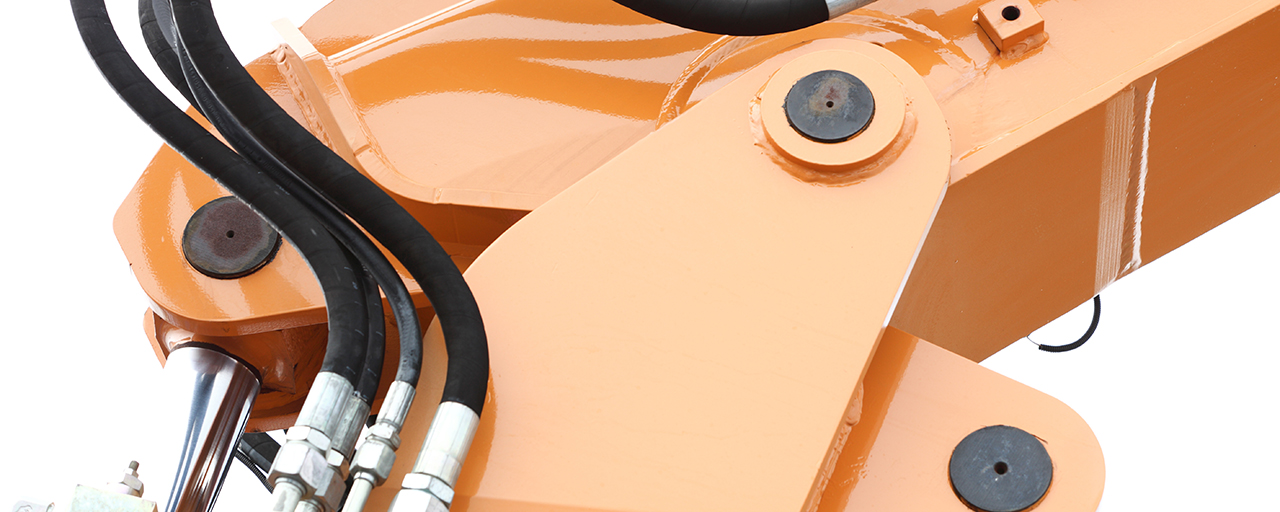
How to keep hose assemblies in top condition
The first step is to pay attention. Become aware of how the machine sounds, feels and generally runs. That way, when abnormalities appear, they’re easy to notice. It’s also important to become familiar with the hose assemblies in specific equipment as they vary from machine to machine. Advice for inspecting hydraulic hose assemblies can often be found in the machine’s manual. If this information is not available, use the guidelines in this post.
In general:
- Inspect hose assemblies in stationary equipment every three months.
- Inspect hose assemblies in mobile equipment every 400–600 hours of use, or every three months, whichever comes first.
Other factors to consider when planning inspection frequency:
- How critical is the equipment to daily operations? The more critical, the more important it is to be sure that it’s functioning efficiently.
- What sort of operating pressures and temperatures apply to the machine? The hotter things are and the more pressure they’re under, the quicker hydraulic parts will wear out.
- How complicated are the hose assemblies? The more complicated the routing conditions, the more important it is to be sure that everything is operating smoothly at every bend and join in the system.
- What sort of environment is the machine used and stored in? Harsher environmental conditions can contribute to faster wear.
- How easy is it to access the machine? Machines that are difficult to access are also more difficult to inspect.
How to carry out a general hose assembly inspection
Use these eight steps as a guide for hydraulic hose assembly maintenance:
- Turn off the machine’s power and ensure it cannot be accidentally turned back on.
- Place the machine and its components in a safe and/or neutral position.
- Remove the access panels and inspect the hoses and fittings for damage or leaks.
- Repair or replace faulty hydraulic hoses and couplings as needed.
- Inspect all other components of the hydraulic system.
- Replace the access panels.
- Turn the power back on.
- Start up the machine and pay close attention to any unusual noises, vibrations, or any other signs that might indicate that further hydraulic hose repairs are required.
Troubleshooting hydraulic hose assemblies
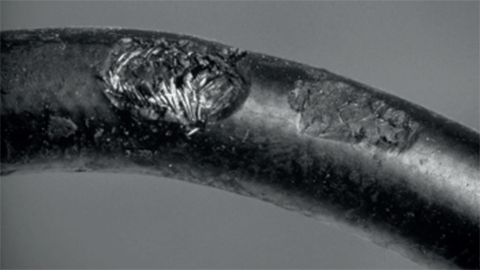
Problem: Hose abrasion
Solution: Reroute the hose so that it doesn’t come into contact with abrasive surfaces. If that’s not possible, install a protective sleeve on the hose.
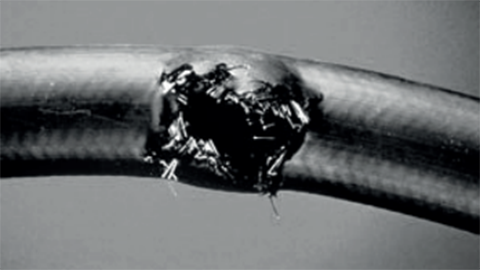
Problem: Burst in the body of the hose
Solution: Check the system operating pressure and select a type of hose that meets (or even exceeds) the system’s maximum pressure. You can also try rerouting the hose to avoid excessive flexing and prevent it from exceeding its minimum bend radius.
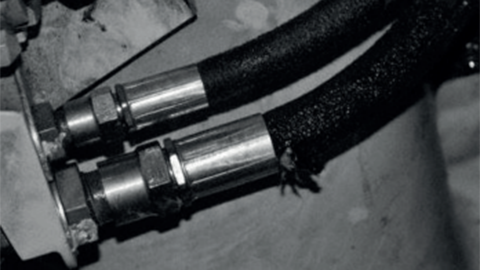
Problem: Burst hose at a coupling
Solution: Replace with a longer piece of hose to accommodate for contraction under pressure, increase the hose’s bend radius or install bend restrictors, or replace the existing hose assembly with a properly crimped assembly.
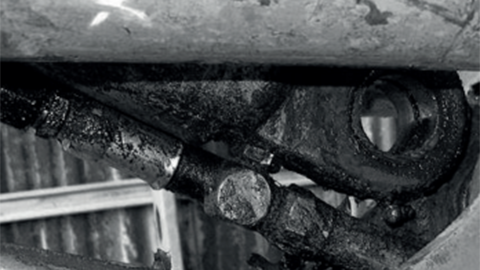
Problem: Leak at the thread end/seat
Solution: Remove the connection and inspect the following:
- O-rings. Certain couplings require O-rings. If it’s missing, install it. If there is an existing O-ring, check for damage that might have happened during installation or wear caused by heat or fluid incompatibility. Replace if necessary. Tip: You might need an O-ring made of a different material.
- Threads and/or seat angles of both mating surfaces. Look for damage that might have occurred prior to or during installation. Any ding or burr is a potential path for a leak. Replace if necessary.
- Couplings. Check to see if any couplings were misaligned during installation as this can cause thread damage. If this has happened, replace the coupling carefully.
- Connection torque. Over-torquing of a threaded connection can damage threads and mating seat angles. It can also damage the staking area of the nut, causing cracking either side of the nut or seat. Under-torquing can prevent proper sealing. Such problems can be alleviated through the use of a torque wrench.
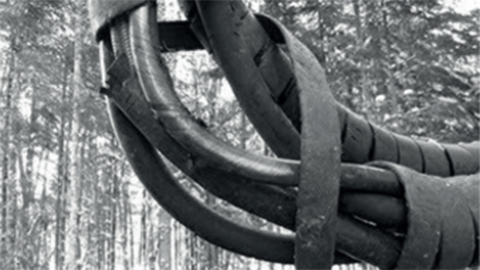
Problem: Hose twist
Solution: Replace and reroute the hose to ensure that bending only occurs on one plane. The use of bent tube or block-style couplings and adapters may also improve routing. Tip: When installing the hose assembly, hold the backup hex carefully to prevent it from twisting.
Need parts for hydraulic hose assemblies? You’ll find exactly what you’re looking for at TVH. Log in or register for free to browse our available products and place your order. And for further tips and tricks to help with machine maintenance, check out the TVH Learning hub.
Request your login details now
Get access to our full range of Hydraulic parts in our online shop.